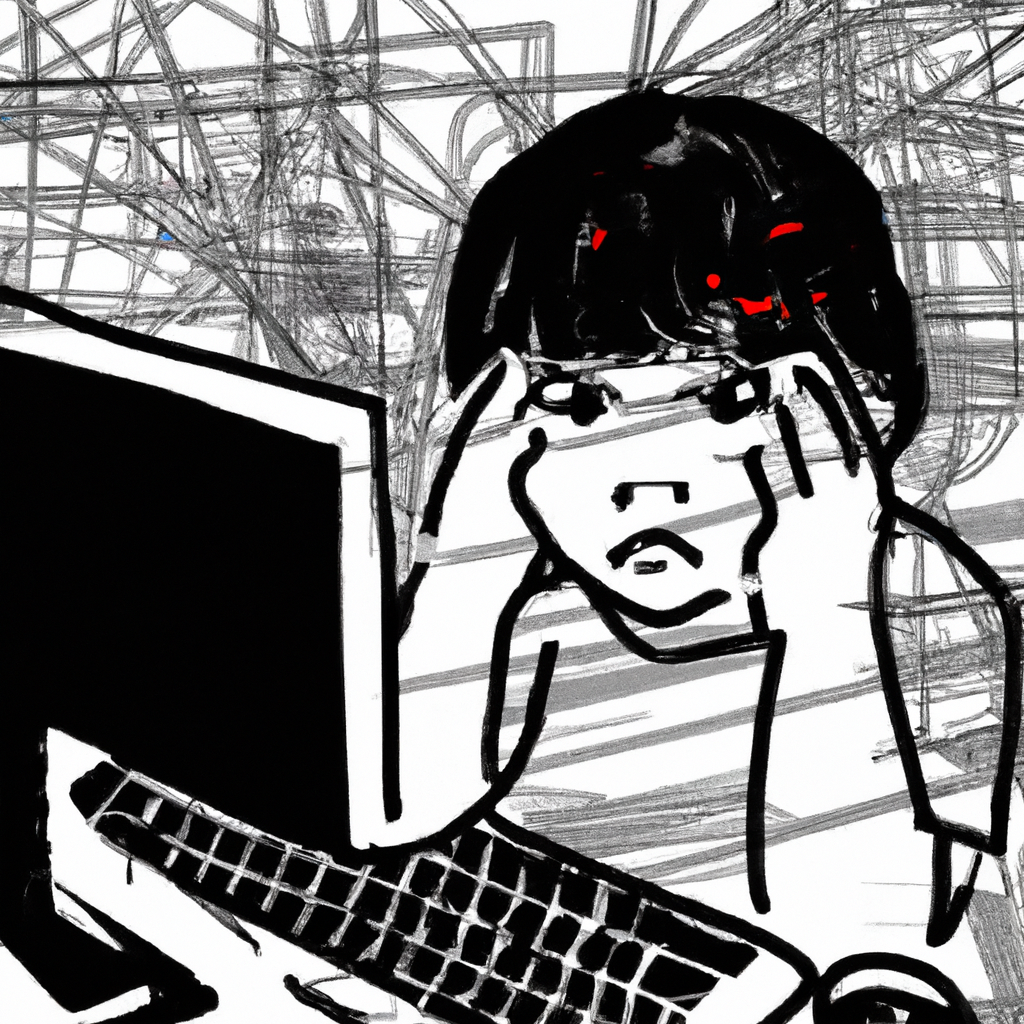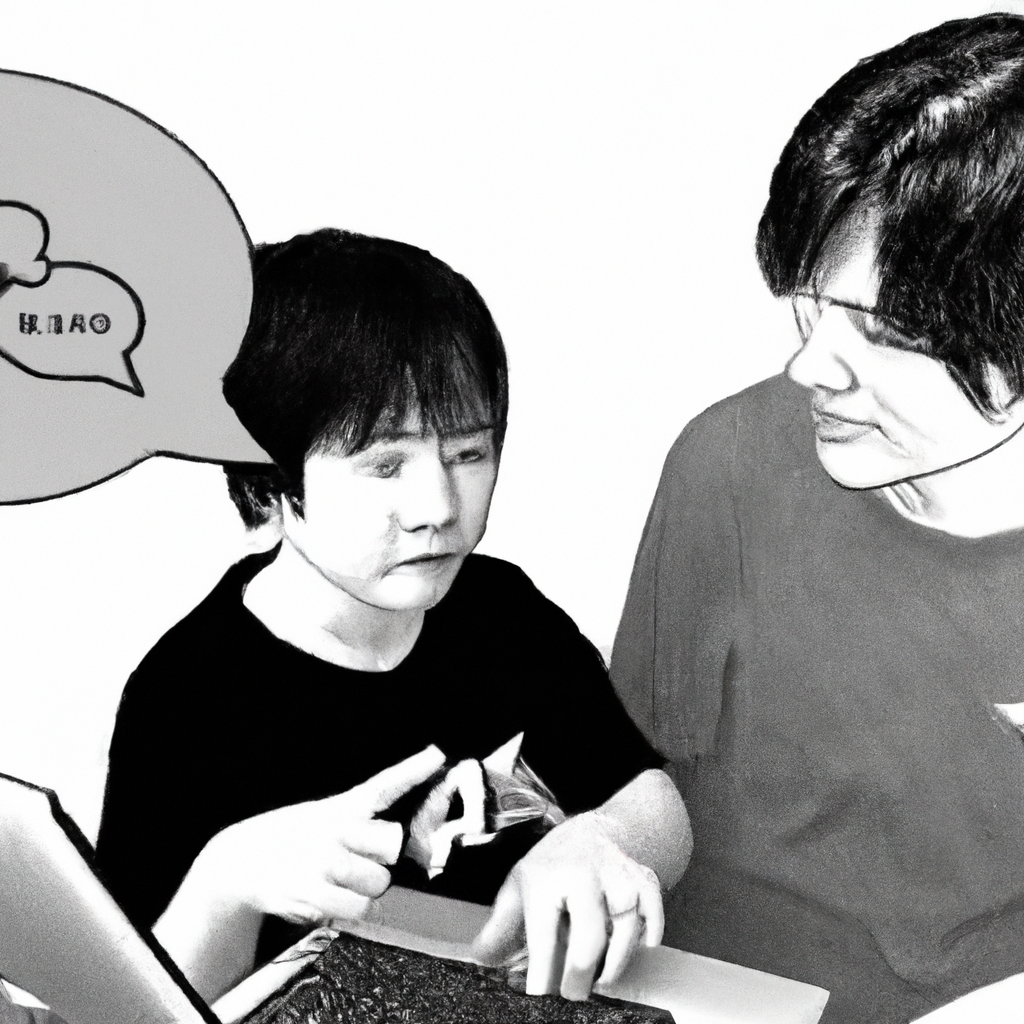Dear Readers,
AI plays a crucial role in our blog, helping us manage our time more effectively to keep the content flowing. While AI assists with content creation, which may lead to occasional spelling or grammar errors, our primary goal remains clear: to deliver meaningful insights to you. For important matters, please consult a specialist.
Thank you for your understanding and support.
Best regards,
Education.com.cy
Summary
This article explores the critical issue of internet addiction in children. It provides a comprehensive overview of the topic, including definitions, signs, causes, impacts, diagnostic criteria, prevention strategies, and real-life examples. The goal is to equip educators and parents with the knowledge and tools needed to identify and address internet addiction in children effectively.
Introduction
In today’s digital age, the internet has become an integral part of our lives, offering numerous benefits such as access to information, educational resources, and social connections. However, excessive internet use can lead to addiction, particularly among children. Internet addiction in children is a growing concern that can have significant implications for their physical and mental health, academic performance, and social development. Understanding and addressing this issue is crucial for fostering a healthy and balanced lifestyle for children.
Main Sections
Definition and Overview of Internet Addiction
Internet addiction, also known as problematic internet use, refers to the excessive and compulsive use of the internet that interferes with daily life. In children, this can manifest as an inability to control their online activities, leading to neglect of responsibilities, social isolation, and emotional distress.

Signs and Symptoms of Internet Addiction in Children
Identifying internet addiction in children involves recognizing specific signs and symptoms. These may include:
– Preoccupation with online activities
– Withdrawal symptoms when not online
– Increasing time spent online to achieve satisfaction
– Neglecting schoolwork and other responsibilities
– Lying about the amount of time spent online
– Using the internet to escape from problems or relieve negative emotions

Find out how the strategies discussed in the article
"How Teaching a Song Can Improve Your Child’s Learning and Well-Being"can help address internet addiction in children and teens.
Causes and Risk Factors
Several factors contribute to the development of internet addiction in children. These include:
– Easy access to digital devices
– Lack of parental supervision
– Social and emotional challenges
– Peer pressure
– Personality traits such as impulsivity and low self-esteem

Impact on Physical and Mental Health
Internet addiction can have severe consequences on a child’s physical and mental health. Physical effects may include poor posture, eye strain, and sleep disturbances. Mentally, children may experience anxiety, depression, and decreased attention span. The addiction can also lead to social withdrawal and impaired academic performance.

Diagnostic Criteria and Assessment Tools
Diagnosing internet addiction involves using specific criteria and assessment tools. The criteria may include the presence of symptoms such as preoccupation, withdrawal, and tolerance. Assessment tools like questionnaires and interviews can help identify the severity of the addiction and guide appropriate interventions.

Prevention and Intervention Strategies
Preventing and addressing internet addiction requires a multifaceted approach. Strategies include:
– Setting clear rules and limits on internet use
– Encouraging offline activities and hobbies
– Monitoring and supervising online activities
– Providing emotional support and addressing underlying issues
– Seeking professional help if necessary

Case Studies and Real-Life Examples
Real-life examples and case studies can provide valuable insights into the issue of internet addiction in children. These stories highlight the challenges faced by affected children and their families, as well as the strategies used to overcome the addiction. Learning from these experiences can help others recognize and address similar issues in their own lives.

Conclusion
Internet addiction in children is a pressing issue that requires attention and action from both educators and parents. By understanding the signs, causes, and impacts of internet addiction, and implementing effective prevention and intervention strategies, we can help children develop a healthy relationship with technology. It is essential to foster an environment that promotes balance, encourages offline activities, and provides the necessary support to address any underlying issues.

Thank you for reading our article on Identifying Internet Addiction in Children. We highly value your feedback and invite you to take a brief survey to share your thoughts and experiences. Your responses will be kept confidential.
Dear Readers,
Welcome to my blog, where technology, music, and visual arts come together to spark creativity and growth. By subscribing, you’ll become part of a vibrant community committed to exploring and learning in these areas.
Select the type of engagement that suits you best:
Join us and enjoy tailored content and direct support suited to your interests.
